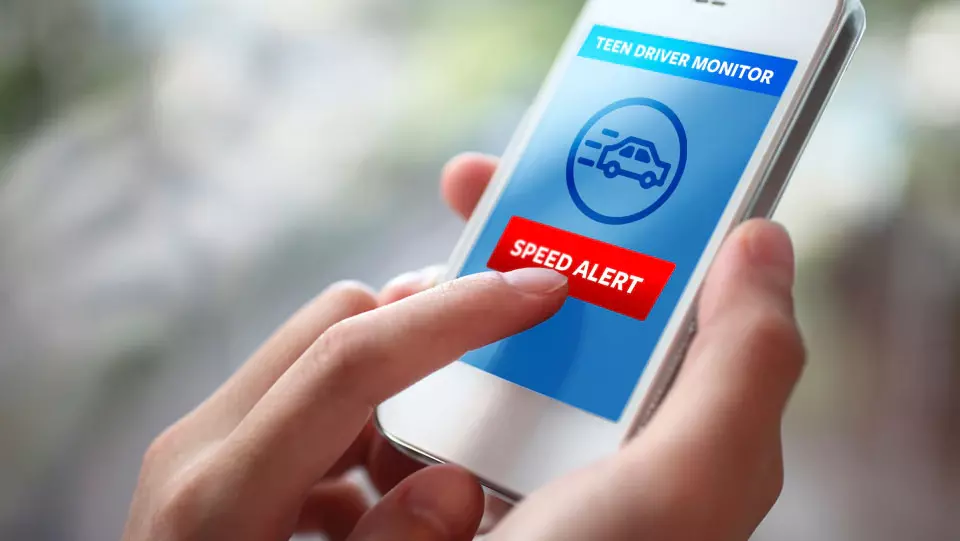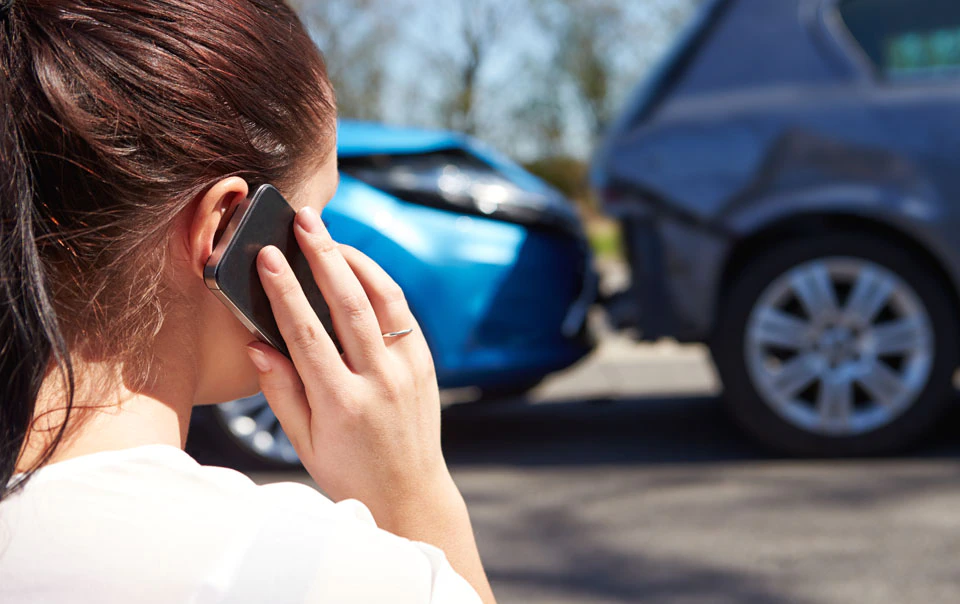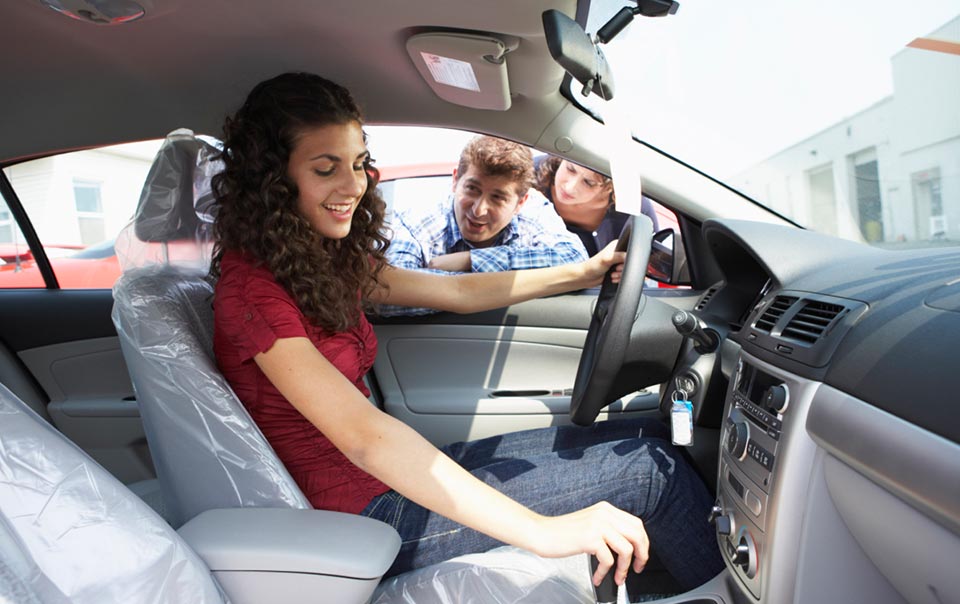A Timeline for Getting Your Teen Driver on the Road Safely


Teens eager to drive often have parents equally concerned about keeping their new drivers safe. In fact, the rate of fatal crashes per mile driven for teen drivers is three times that of drivers over age 20.1 The reality is that novice drivers can take years to develop real-world experience behind the wheel.
Until then, parents can set expectations for safe driving behaviors, provide opportunities to practice in a safe environment and stay involved, even after their teen earns a driver’s license. Help teen drivers stay safe behind the wheel by preparing them for risks on the road with this teen driver timeline.
One year in advance: Set a good example
Starting long before your teen receives his or her driver’s license, demonstrate the kind of safe driving behaviors you will expect from your teen, including never driving while distracted by technology. It should be an easier conversation when it comes to setting expectations when your teen gets behind the wheel if those expectations reflect your own behavior.
While distracted driving is dangerous for all drivers, Dr. Charlie Klauer, who studies teen risk and injury prevention at the Virginia Tech Transportation Institute, has found that the risks are much higher for novice drivers who engage in manual-visual tasks, such as texting while driving.2
Less than a year in advance: Discuss dangerous behaviors
Parents can help teens understand how certain behaviors behind the wheel may increase the risk of a crash. These behaviors include speeding, tailgating, drowsy driving or driving under the influence of alcohol or while distracted. Engaging in two or more of these behaviors at the same time may greatly increase the risk of crashes, according to Dr. Klauer.3 Parents should discuss the importance of safe speeds, a safe following distance and being aware of potentially dangerous conditions.
Six months in advance: Set specific expectations
Talk with your teen about his or her plans for driving. If your teen plans to drive, does he or she plan to drive every day? Does he or she plan on owning a car? Discuss the potential risks of driving, including legal and financial responsibilities, which can include insurance premiums, repair costs and fines for unsafe driving.
Establish the rules of the house, including when and where your teen is allowed to drive, so he or she knows your expectations. For example:
- Do you want them to turn off their smartphone so they will not be distracted while driving?
- Do you want them to reach a certain number of hours or miles driven before they can have passengers other than adult family members?
- Do you want to set specific rules about driving at night or during inclement weather?
There are also teen driver apps that can monitor driving behavior, including speeding.
Four months in advance: Know the rules of the road
Many states have extensive learner’s permits and graduated driver’s license laws. It is important to learn the rules and guidelines for your state. Strive not to just meet the minimum requirements, such as hours driven with supervision, but to exceed them. Most state departments of motor vehicles (DMVs) offer a driver's handbook, which may also be available online.
- Take any necessary classroom instruction to prepare your teen for getting a license.
- Practice, practice, practice. It takes a long time to learn how to drive well. The more a new driver gains experience, the better. New drivers can practice in empty parking lots and other low-traffic areas to develop their skills.
-
Know the car. Have your teen get familiar with the vehicle and all of the controls, such as how to turn on the windshield wipers, headlamps and hazard lights and how to set the emergency brake.
Three months in advance: Plan for the unexpected
Talk with teens about what to do if they are in a car accident. Do not assume new drivers instinctively know the basics, such as getting the other driver’s insurance and contact information, calling the police, taking pictures, completing an accident report and notifying your insurance company as soon as possible.
Help them pack an emergency kit for the car and discuss what they will do if their car breaks down on the road, including getting the car to a safe place before they get out. Make sure they have the number for roadside assistance, if you have a service that they can call.
Road test day and beyond: Continue the conversation
Stay involved with your teen driver even after he or she gets a driver’s license. Let him or her know it’s OK to ask you for help or for more practice. Encourage your teen to only drive in conditions where he or she feels safe. Continually review the safety guidelines, including prohibition of use of portable electronic devices while driving, which you discussed before they earned their license, so it remains top of mind.
Remember, even after a new driver takes the keys, continuing to talk about your expectations for safe behavior can help reinforce good decisions.
Sources
1 http://www.iihs.org/iihs/topics/t/teenagers/fatalityfacts/teenagers
2 Travelers Institute: Insurance Essentials - Your Questions Answered: Avoiding Distracted Driving: https://www.youtube.com/watch?v=0ATrVJMtO0s&list=PL8FE0867C48DE1649&index=21
3 Presentation by Dr. Charlie Klauer, “Naturalistic Studies and Teenage Drivers: What Have We Learned?” University Risk Management and Insurance Association, 2015.



